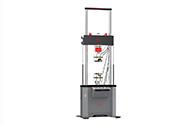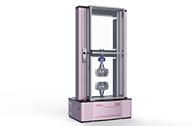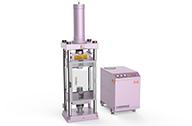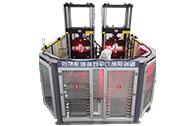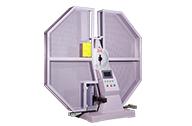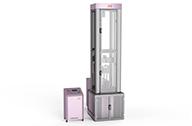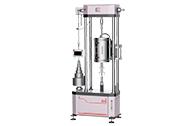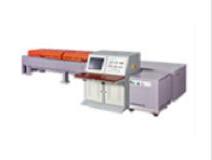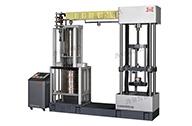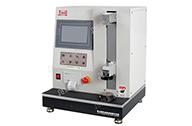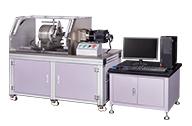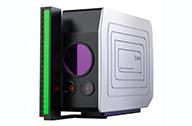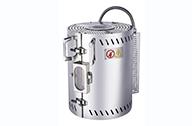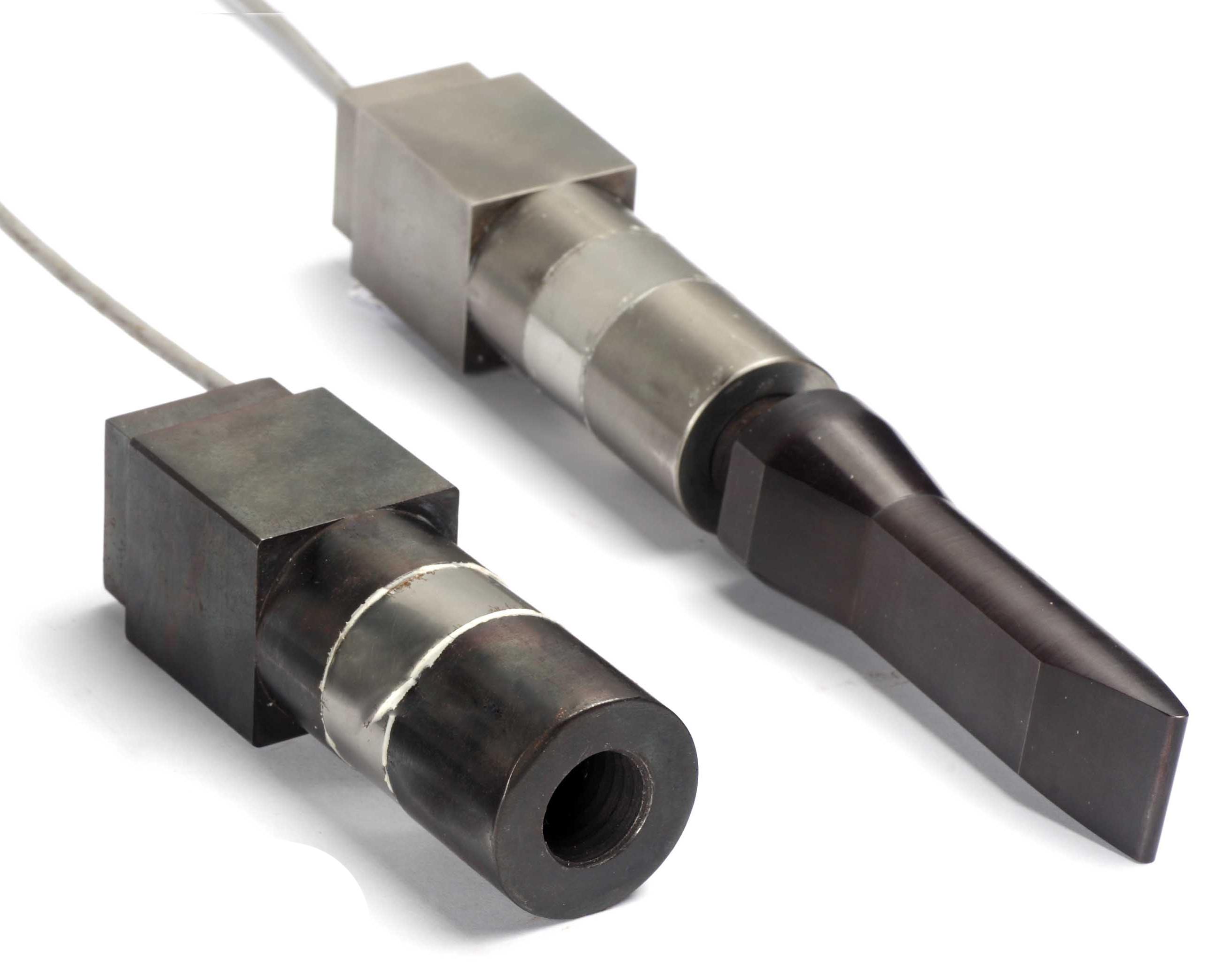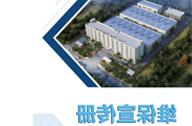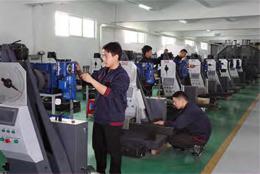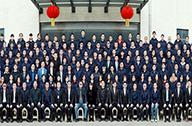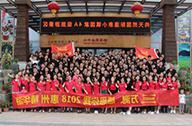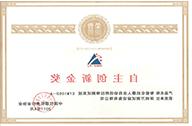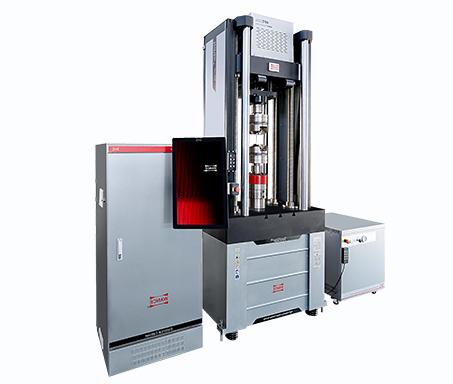| HFT504 | HFT105 | HFT255 | HFT505 | HFT106 |
Maximum test force | 50kN | 100kN | 250kN | 500kN | 1000kN |
Maximum average test force | ±25kN | ±50kN | ±125kN | ±250kN | ±500kN |
Maximum circulating force | ±25kN | ±50kN | ±125kN | ±250kN | ±500kN |
Maximum deformation* | 4mm (±2mm) | 4mm (±2mm) | 4mm (±2mm) | 2mm(±1mm) | 2mm (±1mm) |
Frequency range** | 50~320Hz | 50~320Hz | 50~285Hz | 50~285Hz | 50~285Hz |
Frequency adjustment series | 6 | 6 | 8 | 8 | 8 |
Number of light bars directed | 4 | 4 | 4 | 4 | 4 |
Number of drive screws | 2 | 4 | 4 | 4 | 4 |
Screw type | Precision ball screw | Precision ball screw | Precision ball screw | Precision ball screw | Precision ball screw |
Drive voltage regulation | 自动 | 自动 | 自动 | 自动 | 自动 |
Sampling and control frequency (kHz) | 10 | 10 | 10 | 10 | 10 |
PC communication port | 网口 | 网口 | 网口 | 网口 | 网口 |
Sample holding method | Hydraulic automatic, manual thread | Hydraulic automatic, manual thread | Hydraulic automatic, manual thread | Hydraulic automatic, manual thread | Hydraulic automatic, manual thread |
Frame rigidity (kN/mm) (at 1000mm) | 180 | 380 | 380 | 980 | 980 |
Number of driving channels | 1 | 3 | 3 | 3 | 3 |
Full frequency and full load | 达到 | 达到 | 达到 | 达到 | 达到 |
Stress coaxiality | Ordinary type: better than 8%, precision type: better than 5% | Ordinary type: better than 8%, precision type: better than 5% | Ordinary type: better than 8%, precision type: better than 5% | Ordinary type: better than 8%, precision type: better than 5% | Ordinary type: better than 8%, precision type: better than 5% |
Zero drift | ±1.0% | ±1.0% | ±1.0% | ±1.0% | ±1.0% |
Relative resolution | 0.50% | 0.50% | 0.50% | 0.50% | 0.50% |
Static test and average force control | Ac drive | Ac drive | Ac drive | Ac drive | Ac drive |
Zero relative error of force measuring system | ±0.5% | ±0.5% | ±0.5% | ±0.5% | ±0.5% |
Relative error of static force indication value | Normal type: ±1.0%, precision: ±0.5% | Normal type: ±1.0%, precision: ±0.5% | Normal type: ±1.0%, precision: ±0.5% | Normal type: ±1.0%, precision: ±0.5% | Normal type: ±1.0%, precision: ±0.5% |
Repeatability of static force indication | 1.00% | 1.00% | 1.00% | 1.00% | 1.00% |
Relative error of static force indicator | Normal type: ±1.5%, precision: ±1.0% | Normal type: ±1.5%,精密:±1.0% | Normal type: ±1.5%, precision: ±1.0% | Normal type: ±1.5%,精密:±1.0% | Normal type: ±1.5%, precision: ±1.0% |
Relative error of indicating cyclic force range | Normal type: ±3.0%, precision: ±2.0% | Normal type: ±3.0%, precision: ±2.0% | Normal type: ±3.0%, precision: ±2.0% | Normal type: ±3.0%, precision: ±2.0% | Normal type: ±3.0%, precision: ±2.0% |
Cyclic force range indicates repeatability | Normal type: 3.0%, precision: 2.0% | Normal type: 3.0%, precision: 2.0% | Normal type: 3.0%, precision: 2.0% | Normal type: 3.0%, precision: 2.0% | Normal type: 3.0%, precision: 2.0% |
Relative error of indicating peak value of cyclic force | Normal type: ±3.0%, precision: ±2.0% | Normal type: ±3.0%, precision: ±2.0% | Normal type: ±3.0%, precision: ±2.0% | Normal type: ±3.0%, precision: ±2.0% | Normal type: ±3.0%, precision: ±2.0% |
Repeatability of peak indication of cyclic force | Normal type: 3.0%, precision: 2.0% | Normal type: 3.0%, precision: 2.0% | Normal type: 3.0%, precision: 2.0% | Normal type: 3.0%, precision: 2.0% | Normal type: 3.0%, precision: 2.0% |
The cyclic force range of 10 min indicates the value variability | Normal type: 3.0%, precision: 2.0% | Normal type: 3.0%, precision: 2.0% | Normal type: 3.0%, precision: 2.0% | Normal type: 3.0%, precision: 2.0% | Normal type: 3.0%, precision: 2.0% |
Variation of 10 min cyclic force peak value | Normal type: 3.0%, precision: 2.0% | Normal type: 3.0%, precision: 2.0% | Normal type: 3.0%, precision: 2.0% | Normal type: 3.0%, precision: 2.0% | Normal type: 3.0%, precision: 2.0% |
Counter capacity | ≥9×109 | ≥9×109 | ≥9×109 | ≥9×109 | ≥9×109 |
Loading rate adjustment range (mm/min) | 0-550 | 0-450 | 0-550 | 0-250 | 0-250 |
No load maximum displacement rate (mm/min) | 800 | 700 | 880 | 500 | 500 |
Static force control range (MPa/S) | 0~30 | 0~30 | 0~30 | 0~30 | 0~30 |
Repeated positioning accuracy (μm) | ±8 | ±8 | ±8 | ±8 | ±8 |
Whether the motor has braking function | 是 | 是 | 是 | 是 | 是 |
Static force loading | Servo motor | Servo motor | Servo motor | Servo motor | Servo motor |
Dynamic force loading | Wear-free electromagnetic drive | Wear-free electromagnetic drive | Wear-free electromagnetic drive | Wear-free electromagnetic drive | Wear-free electromagnetic drive |
Noise (dB) | ≤90 | ≤100 | ≤110 | ≤115 | ≤115 |
Weight (without fixture) (kg) | 1800 | 4200 | 4500 | 10500 | 20000 |
Main machine dimensions (mm) (length (depth) X width X height) | 660x915x2500 | 685x1130x2820 | 820x1150x3130 | 1350x1350x3600 | 1550x1700x4200 |
Control cabinet size (mm) (including computer) (L (D) X W X H) | 450x800x1200 | 550x900x1500 | 550x900x1500 | 550x900x1500 | 550x900x1500 |

